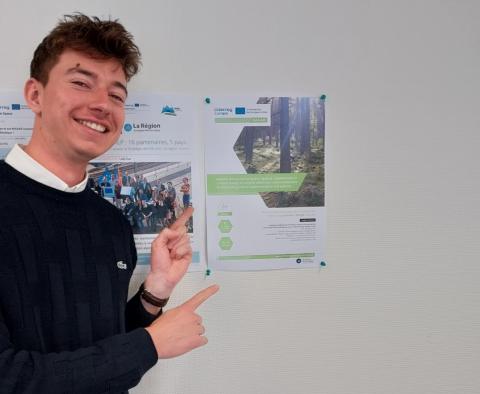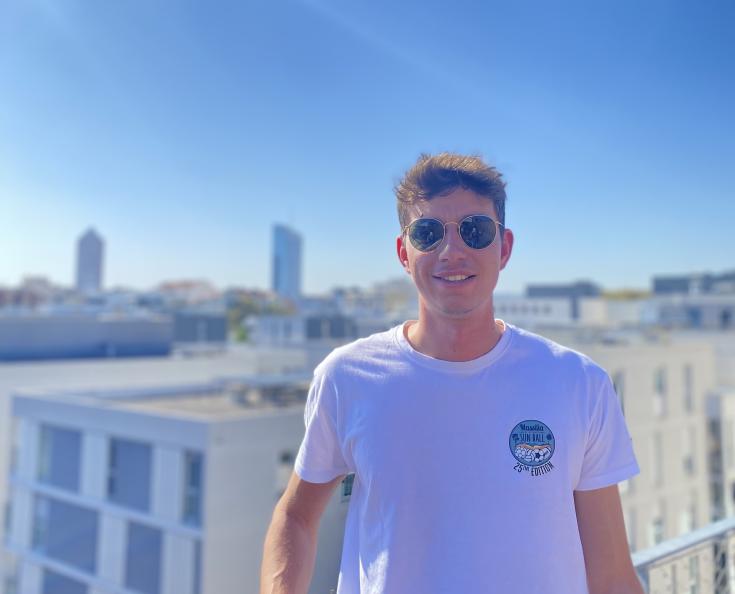Presentation of a new intern in French partner AURA-EE
Auvergne-Rhône-Alpes Regional Energy Environment Agency had the pleasure to welcome a new intern in our NACAO team a few weeks ago: Yann Mathias, studying a master’s degree in France.
What motivated you to take part in this internship?
Aware about the climate crisis and its consequences on our planet and the biodiversity, I wanted to be part of a project with a positive impact regarding the greenhouse gases emissions. NACAO project will allow me to have a better knowledge of carbon offsetting, thereby I hope our work at the agency during next years will help territories to implement in their policies nature-based carbon offset solutions.
How long will you work with us?
My internship started mid-September and will last until the end of February, so a total of five months.
What are you studying in your master’s degree?
After two years of preparatory classes (two-year undergraduate intensive course in biology, geology, and physics) and passed a national competitive examination, I joined a graduate engineering school named ENTPE, the school of sustainable territory development in Lyon. There, I am studying environmental sciences such as issues of biodiversity, water and soil pollution, carbon footprint, geology, resilience etc. I am currently doing a gap year between years 2 and 3 with an internship at AURA-EE during five months before beginning to travel in South-east Asia during five months too.
What are your daily missions in AURA-EE?
I have already written the content to the AURA EE websites concerning mandatory and voluntary carbon offset in the EU – it should be published very soon! I am now looking for examples of carbon offsets projects in France and especially in the region Auvergne Rhône-Alpes to complete the situational analysis and to prepare the local stakeholders meeting on November 24th . Otherwise, I am currently following some MOOCs (Massive Open Online Courses) about carbon storage in soils and links with agriculture. As the soil has a huge storage potential, it is necessary to understand the different carbon flows and dynamics between the atmosphere and the soil. On the other hand, I document myself with books concerning emissions of greenhouse gases due to agriculture and I try to search the levers of action allowing to reduce these emissions.


